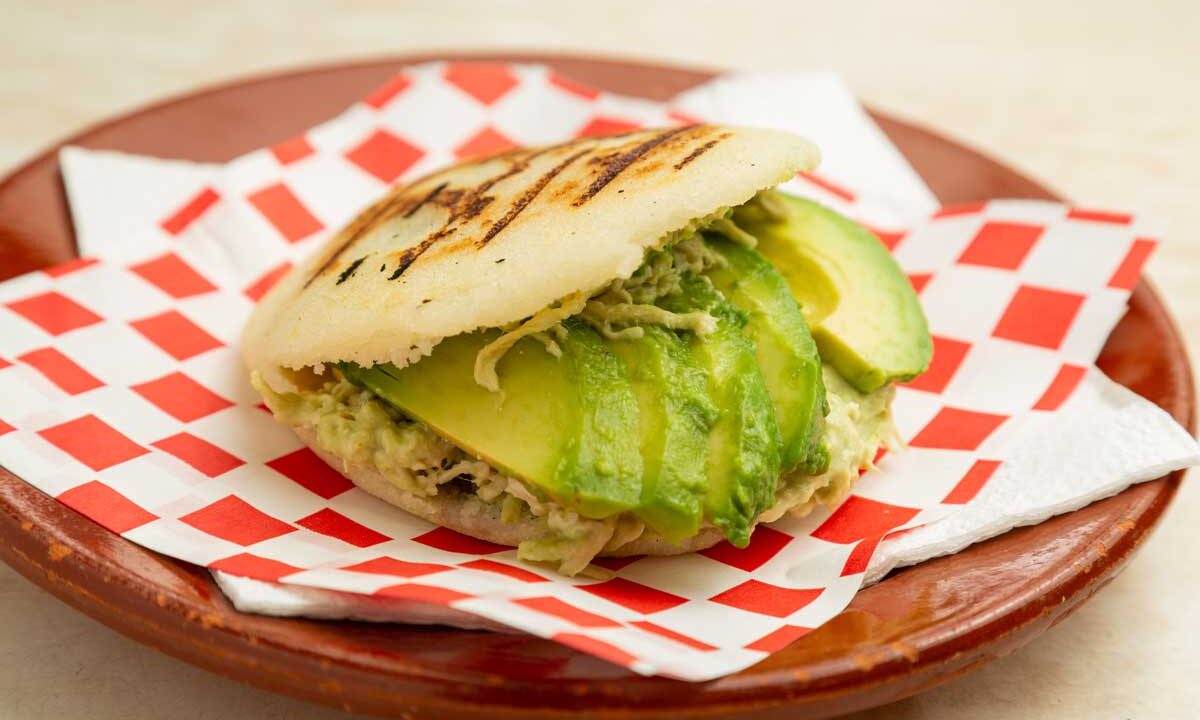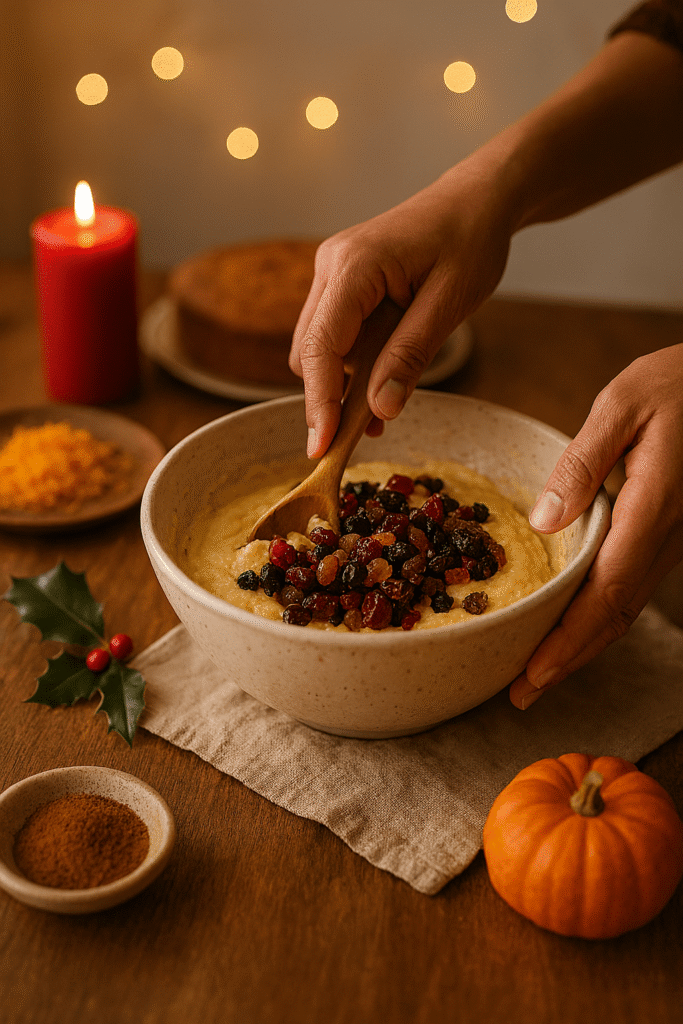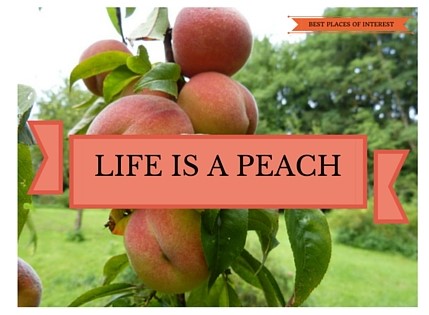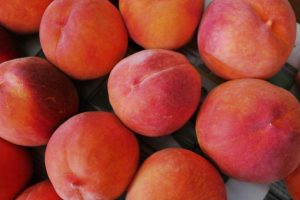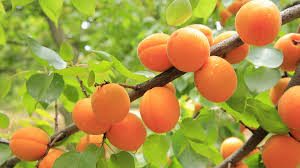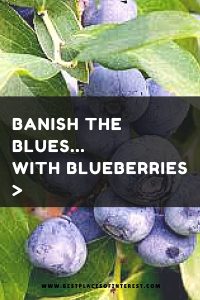
In India, blueberry farming is very limited but there is a huge future potential for commercial blueberry farming. Up, until a few years ago blueberries were unheard of in India, but as more and more people are travelling and more and more people are aware of their health benefits of various foods, the demand is there for new and more varied fruits and vegetables in our local markets. Fresh blueberries are a little bit expensive but worth it if you can afford them, purely for their health benefits. The other alternative is to buy them in packets in their dried form which is easily available in most food stores.
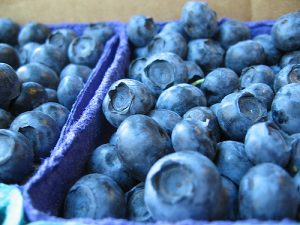
In the US consumption of blueberries ranks only second to strawberries in popularity. Blueberries have incredible nutrition and health benefits and are repeatedly ranked in the US diet as having one of the highest anti-oxidant properties of all fruits, vegetables, spices, and seasonings.
It is best if you can enjoy eating raw blueberries for optimum benefits rather than having them in desserts, cakes or muffins, because like other fruits, raw blueberries provide you with the best flavour and the greatest nutritional benefits.
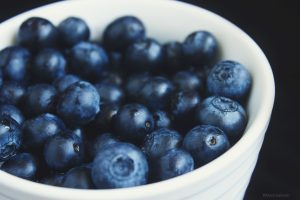
It is clear that they are sweet, colourful and can be enjoyed both fresh or frozen or dried is an added bonus to go to your nearest food store and get it on your diet plan as soon as possible.
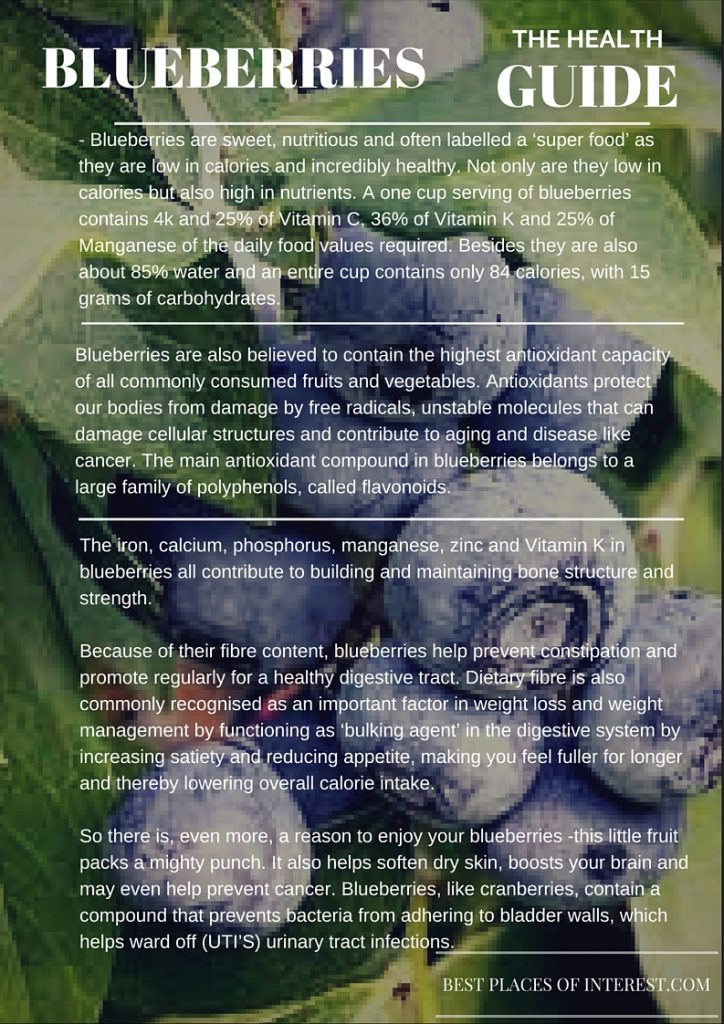
Health benefits
Blueberries are sweet, nutritious and often labelled a ‘super food’ as they are low in calories and incredibly healthy. Not only are they low in calories but also high in nutrients. A one cup serving of blueberries contains 4k and 25% of Vitamin C, 36% of Vitamin K and 25% of Manganese of the daily food values required. Besides they are also about 85% water and an entire cup contains only 84 calories, with 15 grams of carbohydrates.
Blueberries are also believed to contain the highest antioxidant capacity of all commonly consumed fruits and vegetables. Antioxidants protect our bodies from damage by free radicals, unstable molecules that can damage cellular structures and contribute to aging and disease like cancer. The main antioxidant compound in blueberries belongs to a large family of polyphenols, called flavonoids.
Oxidative DNA damage is part of everyday life. It is said to occur tens of thousands of time per day, in every single cell in the body. DNA damage is a part of the reason we grow older, but because blueberries are high in antioxidants, they can help neutralise some of the free radicals that cause damage to our DNA. Bottom line, several studies have shown that blueberries and blueberry juice can protect against DNA damage, a leading driver of aging and cancer.
Also, the antioxidants in blueberries have been shown to protect LDL (bad cholesterol) from oxidative damage, a crucial step in the pathway towards heart disease.
Some studies undertaken have shown that regular blueberry intake has been known to lower blood pressure. Given that high blood pressure is one of the leading drivers of heart attacks and strokes, the consumption of blueberries is potentially massive. The antioxidants in blueberries also seem to have benefits for the brain, helping to improve brain function and delaying age-related decline.
The iron, calcium, phosphorus, manganese, zinc and Vitamin K in blueberries all contribute to building and maintaining bone structure and strength.
Because of their fibre content, blueberries help prevent constipation and promote regularly for a healthy digestive tract. Dietary fibre is also commonly recognised as an important factor in weight loss and weight management by functioning as ‘bulking agent’ in the digestive system by increasing satiety and reducing appetite, making you feel fuller for longer and thereby lowering overall calorie intake.
So there is, even more, a reason to enjoy your blueberries this little fruit packs a mighty punch. It also helps soften dry skin, boosts your brain and may even help prevent cancer. Blueberries, like cranberries, contain a compound that prevents bacteria from adhering to bladder walls, which helps ward off (UTI’S) urinary tract infections.


